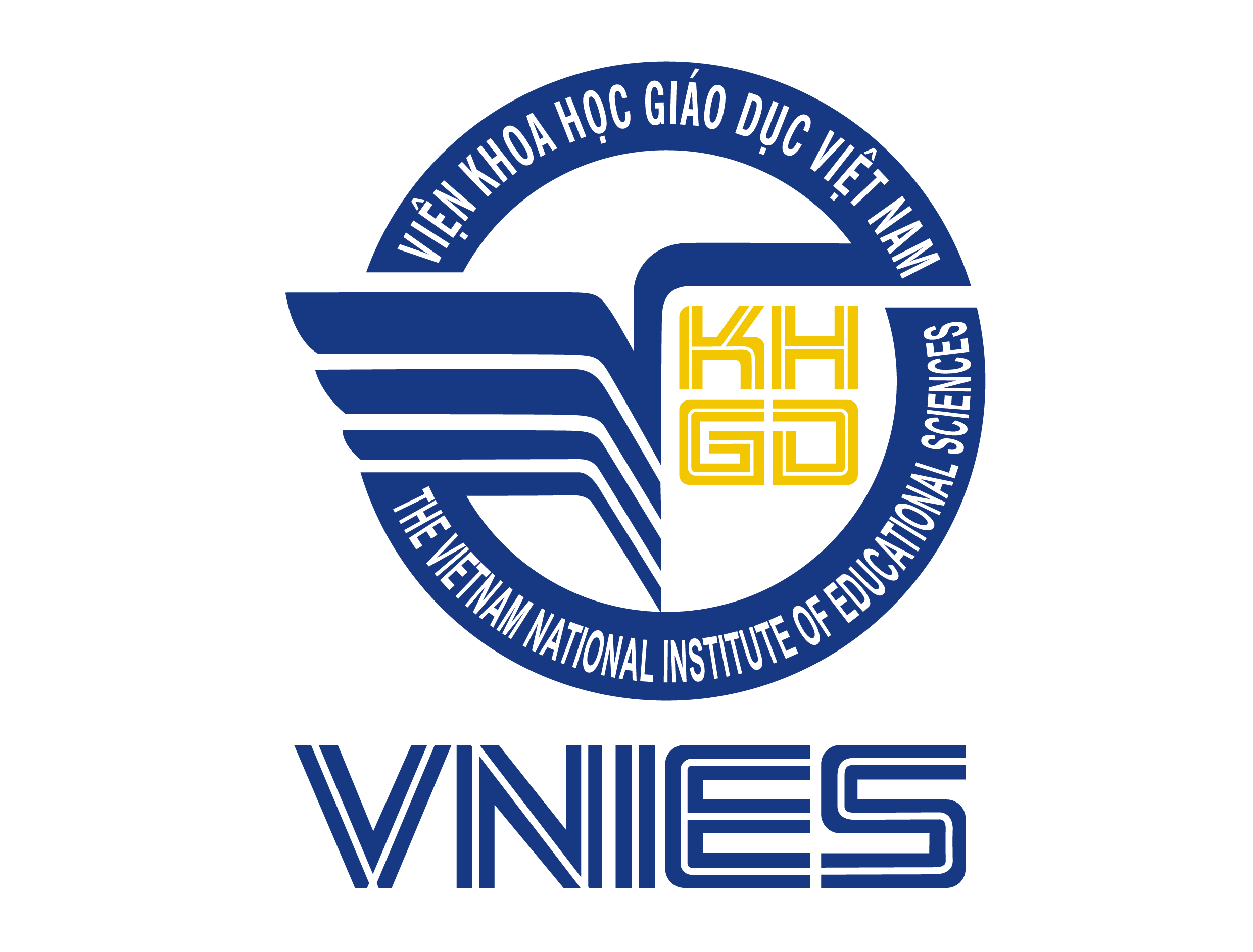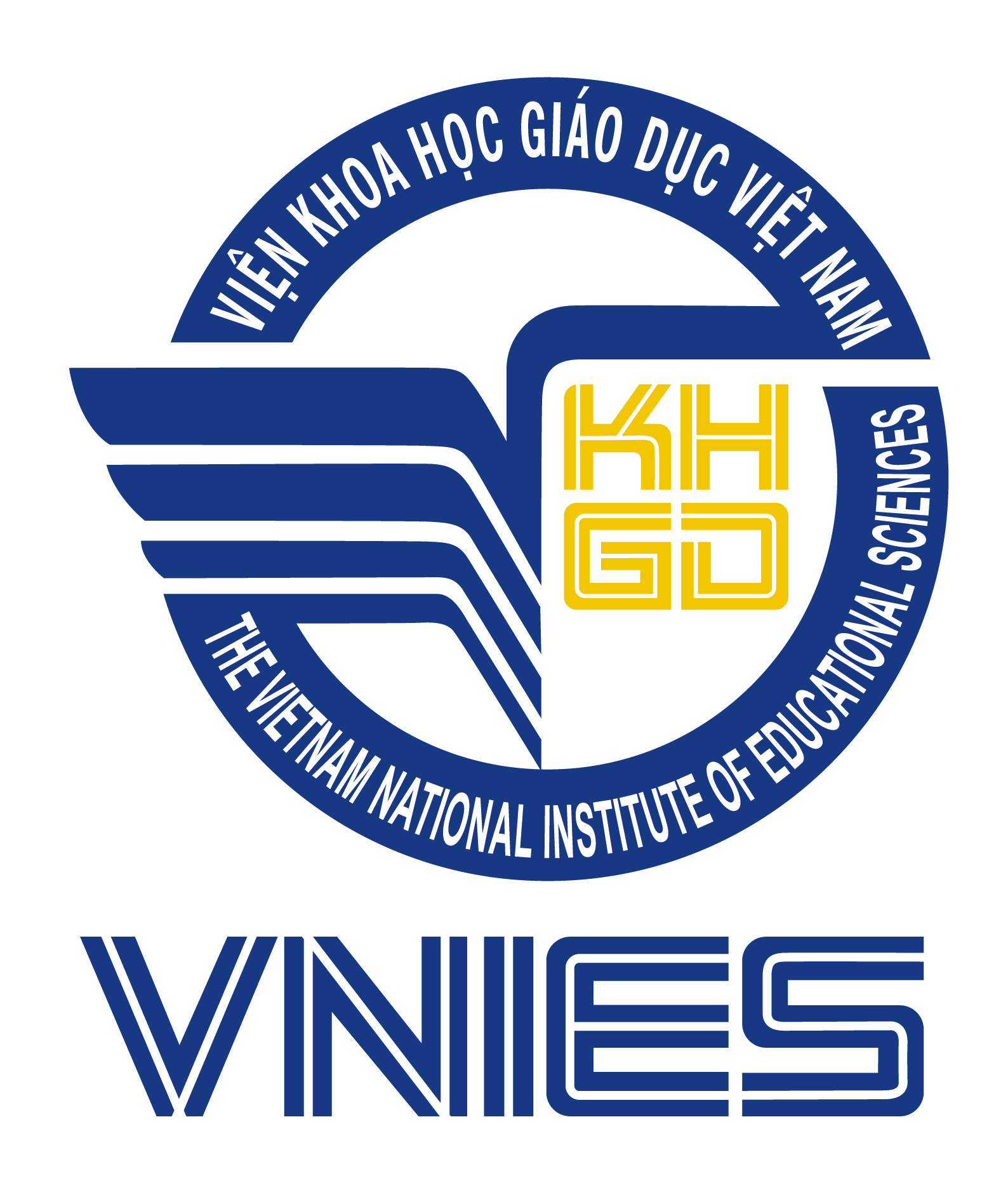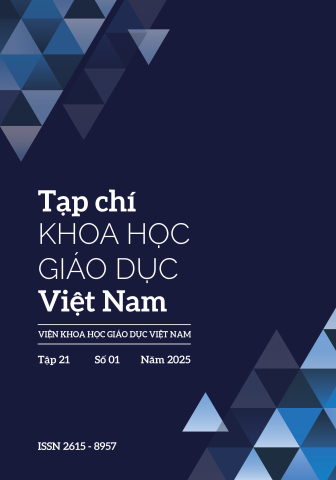[1] Bu, L., Mumba, F., & Alghazo, Y. (2011). GeoGebra as a pedagogical tool: A preliminary taxonomy. GEOGEBRA-NA, 32
[2] Cicalese, F., & Cicalese, F. (2013). A Model for Learning. Fault-Tolerant Search Algorithms: Reliable Computation with Unreliable Information, p.185–198
[3] Dörfler, W. (1993). Computer use and views of the mind. In Learning from computers: Mathematics education and technology, pp.159–186. Springer
[4] Healy, L., & Hoyles, C. (1999). Visual and symbolic reasoning in mathematics: Making connections with computers? Mathematical Thinking and Learning, 1(1), p.59–84.
[5] Hiến, N. V. (2007). Vận dụng phương pháp dạy học khám phá có hướng dẫn trong quá trình dạy học toán ỏ trường phổ thông. Tạp chí Giáo dục, 158(2– 3), p.28–27
[6] Hoàng Phê, Bùi Khắc Việt, Chu Bích Thu, Đào Thản, Hoàng Tuệ, Hoàng Vận Hành, Lê Kim Chi, Nguyễn Minh Châu, Nguyễn Ngọc Trâm, Nguyễn Thanh Nga, Nguyễn Thúy Khanh, Nguyễn Văn Khang, Phạm Hùng Việt, Trần Cẩm Vân, Trần Nghĩa Phương, Vũ Ngọc Bảo, Vương Lộc. (1988). Từ điển Tiếng Việt. NXB Khoa học Xã hội
[7] Knuth, E. J., & Hartmann, C. E. (2005). Using technology to foster students’ mathematical understandings and intuitions. Technology Supported Mathematics Learning Environments, p.151–165.
[8] Moukhliss, M., Latifi, M., Ennassiri, B., Elmaroufi, A., Abouhanifa, S., & Achtaich, N. (2023). The Impact of GeoGebra on Algebraic Modeling ProblemSolving in Moroccan Middle School Students. Journal of Educational and Social Research, 13(1), p.57–70. https://doi.org/10.36941/jesr-2023-0006
[9] Muntean, L. S. T. (2013). Problem solving centered learning, a possible model for educational practice. Educația Plus, 9(2), p.192–196.
[10] Papadakis, S., Kalogiannakis, M., & Zaranis, N. (2017). Improving mathematics teaching in kindergarten with realistic mathematical education. Early Childhood Education Journal, 45, p.369–378
[11] Supriadi, N., Kusumah, Y. S., Sabandar, J., & Afgani, J. D. (2014). Developing High-order mathematical thinking competency on high school students’ through GeoGebra-assisted blended learning. Mathematical Theory and Modeling, 4(6), p.57–66.
[12] Trần Hòa Hiệp & Trần Long Quang. (2022). Sử dụng phần mềm GeoGebra thiết kế một số sản phẩm hình học động xây dựng công thức tính diện tích hình thoi ở lớp 4. Tạp chí Khoa học Giáo dục, 18(05).
[13] Trần Hòa Hiệp & Nguyễn Tấn Tài. (2022). Sử dụng phần mềm Geogebra thiết kế một số sản phẩm hình học động phục vụ việc dạy diện tích hình thang ở môn Toán lớp 5. Tạp chí Khoa học Giáo dục, 18(05)
[14] Lê Thị Trung. (2019). Vận dụng dạy học khám phá trong dạy học Khoa học ở trường tiểu học, Tạp chí Khoa học Giáo dục
[15] Lê Thị Hồng Chi. (2012). Vận dụng phương pháp dạy học khám phá trong dạy học môn Toán lớp 4. Tạp chí Khoa học Giáo dục
[16] Wantu, H. M., Djafri, N., Lamatenggo, N., & Umar, M. K. (2023). Learning models: A literature review. International Journal of Social Science and Human Research, 6(5), p.2763–2767
[17] Ziatdinov, R., & Valles Jr, J. R. (2022). Synthesis of modeling, visualization, and programming in GeoGebra as an effective approach for teaching and learning STEM topics. Mathematics, 10(3), 398.


